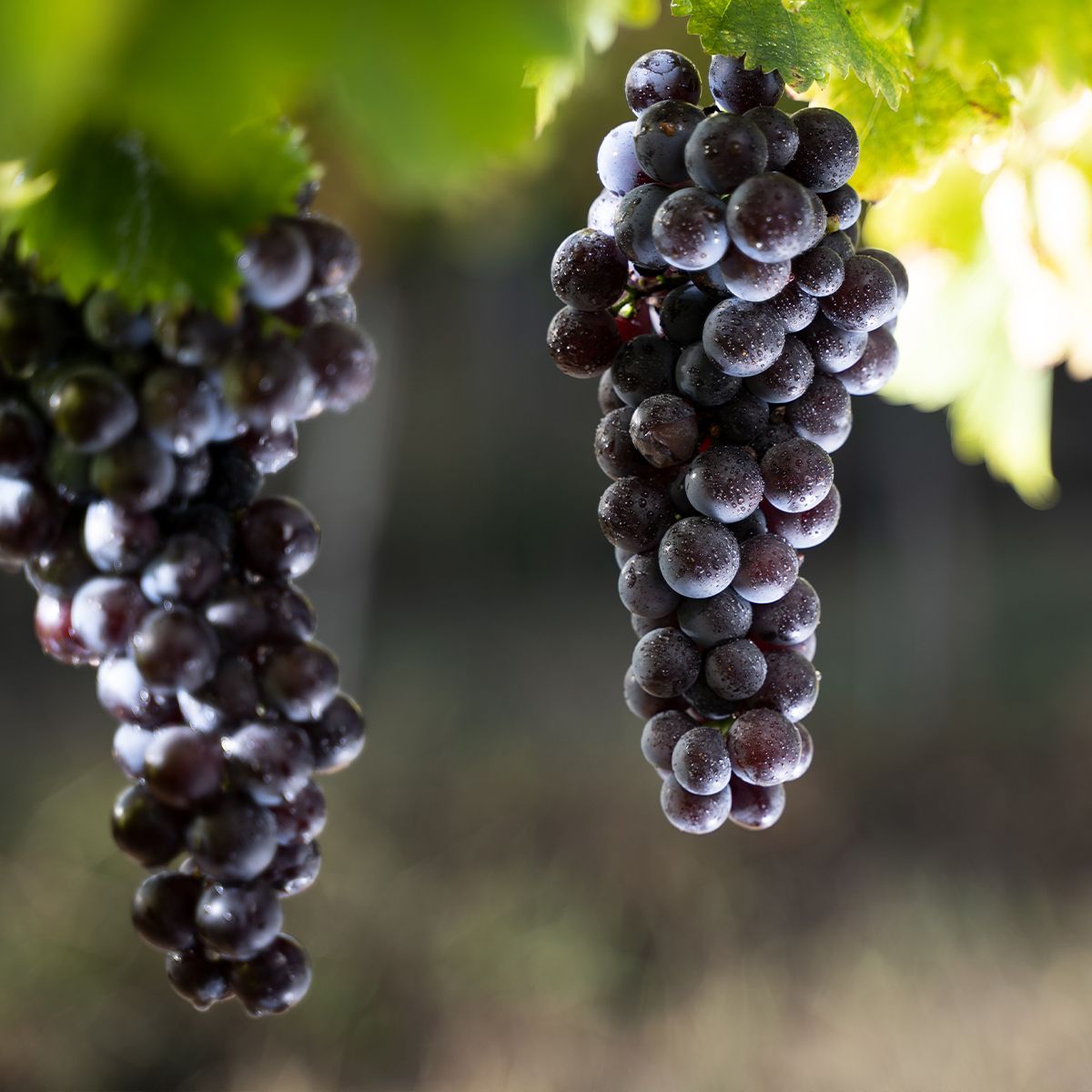Role of foliar biostimulants (of plant origin) on grapevine adaptation to climate change
By: Luigi Bavaresco1, Ginevra Canavera1, Maria Giulia Parisi1, Luigi Lucini2
1Dept. of Sustainable Crop Production, 2Dept of Sustainable Food Process, Università Cattolica del Sacro Cuore, 29122 Piacenza, Italy

Heat waves and drought stress are typical aspects of current climate change, significantly affecting the grapevine physiology in many world growing areas. Agronomist and especially grape growers have to rely on some tools, in order to minimize impacts such as too high grape sugar concentration, too low acidity, aggressive tannins, poor color, low terpenes and pyrazines aromas (Jones et al. 2005). Resilience should be the best way to cope with this aspects, that is breeding (proper rootstocks and scions), but as concerning abiotic stresses such as heat waves no genotypes are available so far. Biostimulants on the other hand are gaining interest as a way to manage the global warming negative effects (Bavaresco et al., 2020); that’s why this experiment was set up in order to test the efficacy of two new PHs on the vine physiology, grape production and quality under field conditions.
The trial was carried out in Casteggio (Pavia province, northwest Italy, 45° 01’ N; 9° 08 ‘E) inside the Oltrepò Pavese denomination area, during 2017 and 2018. The vineyard was located at 270 m asl, in a very gentle slope (west oriented), trained Guyot (vertical shoot positioning), 2.5 x 1 m spacing (4,000 vines/ha). The grape variety was 6-year-old V. vinifera L. cv. Merlot clone 181 grafted on Gravesac. The soil was silty-loam, neutral, low organic matter. The following treatments were compared:
- Untreated vines (control);
- Treatment with plant derived protein hydrolysates (PHs) Trainer (2.5 L/ha) just after fruit set (27 stage according to Eichhorn-Lorenz stages) and at beginning berry touch (33 stage according Eichhorn-Lorenz);
- Treatment with plant derived protein hydrolysated (PHs) Stimtide (2.5 L/ha) just after fruit set (27 stage according to Eichhorn- Lorenz stages) and at beginning berry touch (33 stage according Eichhorn-Lorenz);
In 2017 only Trainer was utilized, while in 2018 both products (Trainer and Stimtide) were used. Trainer is a mix of plant derived peptides and aminoacids (5% organic N) while Stimtide is a mix of plant derived peptides and aminoacids (7% organic N) + 2% urea + 1% soluble potassium (K2O), all from Italpollina Hello Nature company (Italy); these protein hydrolysates are obtained from legume biomass according to a patented method (Lisiveg).
Only during 2017 leaf metabolomic and proteomic profiles were detected at the following times: a) just before the first treatment – T0; b) 2 days after the first treatment (June 18th, 2017 – T1); c) 2 days after the second treatment (July 2nd, 2017 – T2). In both year the productive and qualitative parameters were recorded at harvest (September 1st, 2017; August 28th, 2018).
2017 Temperatures were very high, especially the maximum value (19.7 °C) and the Huglin index (2897 °C). On the other hand, rainfall was very low (426 mm), including the value of vegetative period (April – October, 254 mm).
Even in 2018 temperatures were very high (19.9 °C, maximum) and the rainfall was low (509 mm).
In both years the untreated vines showed severe drought and heat stress symptoms.
The metabolomic data show a clear difference between the 2 sampling dates, while less evident is the difference between the control and the treatment. This means that at the first sampling (T1) the treatment had a significant effect on some metabolites, while at the second sampling (T2) the effect was lower. At the first sampling (T1) the treatment modified 67 compounds; some of those increased (two organic acids, some amides, some aromatic compounds, others), while some others decreased (some aromatic compounds, some fatty acids, many flavonoids, others). At the second sampling (T2) only 8 out of 97 compounds increased, while a lot decreased (especially flavonoids).
The proteomic data show a moderate effect of the treatment, since only 13 proteins have been modified and only in T1, while in T2 no modifications occurred. Some proteins increased (ATP synthase, superoxide dismutase, elongation factor Tu) having a positive role in vegetative growth, while the majority decreased (those related to the photosynthesis) most likely responsible for the low sugar accumulation in the grapes.
As concerning the productive and qualitative data at harvest, during 2017, Trainer induced a higher yield and titratable acidity and a lower sugar and anthocyanin levels than the control; the other recorded parameters were not affected in a significant way by the treatment.
During 2018, no significant effects of the treatments were observed, even though they reduced sugar levels and increased acidity.
To conclude, the most significant findings were: a) the treatments slowed down the grape ripening, by stimulating vegetative activity and reducing sugar accumulation; b) less heat and drought stress symptoms were observed in the canopies of treated vines, as compared to the control ones.
Bavaresco L., Lucini L., Squeri C., Zamboni M., Frioni T. (2020) – Protein hydrolysates modulate leaf proteome and metabolome in water-stressed grapevines. Sci. Hortic., 270: 109413.
Jones G.V., White M.A., Cooper O.R., Storchmann K. (2005) – Climate change and global wine quality. Climatic Change, 73: 319-343.
Bavaresco L., Canavera G., Parisi M.G., Lucini L. (2023) – Role of foliar biostimulants (of plant origin) on grapevine adaptation to climate change. BIO Web of Conferences, 56, 01002.



